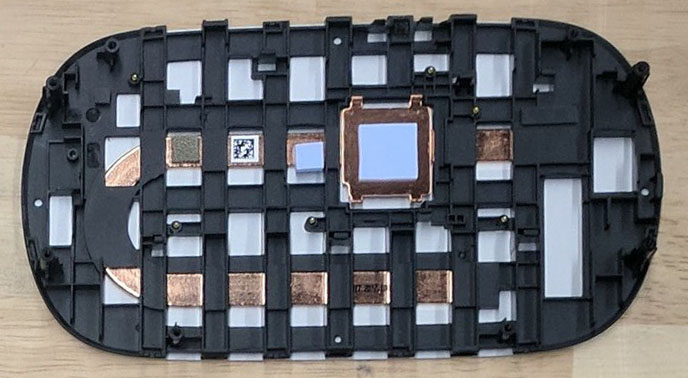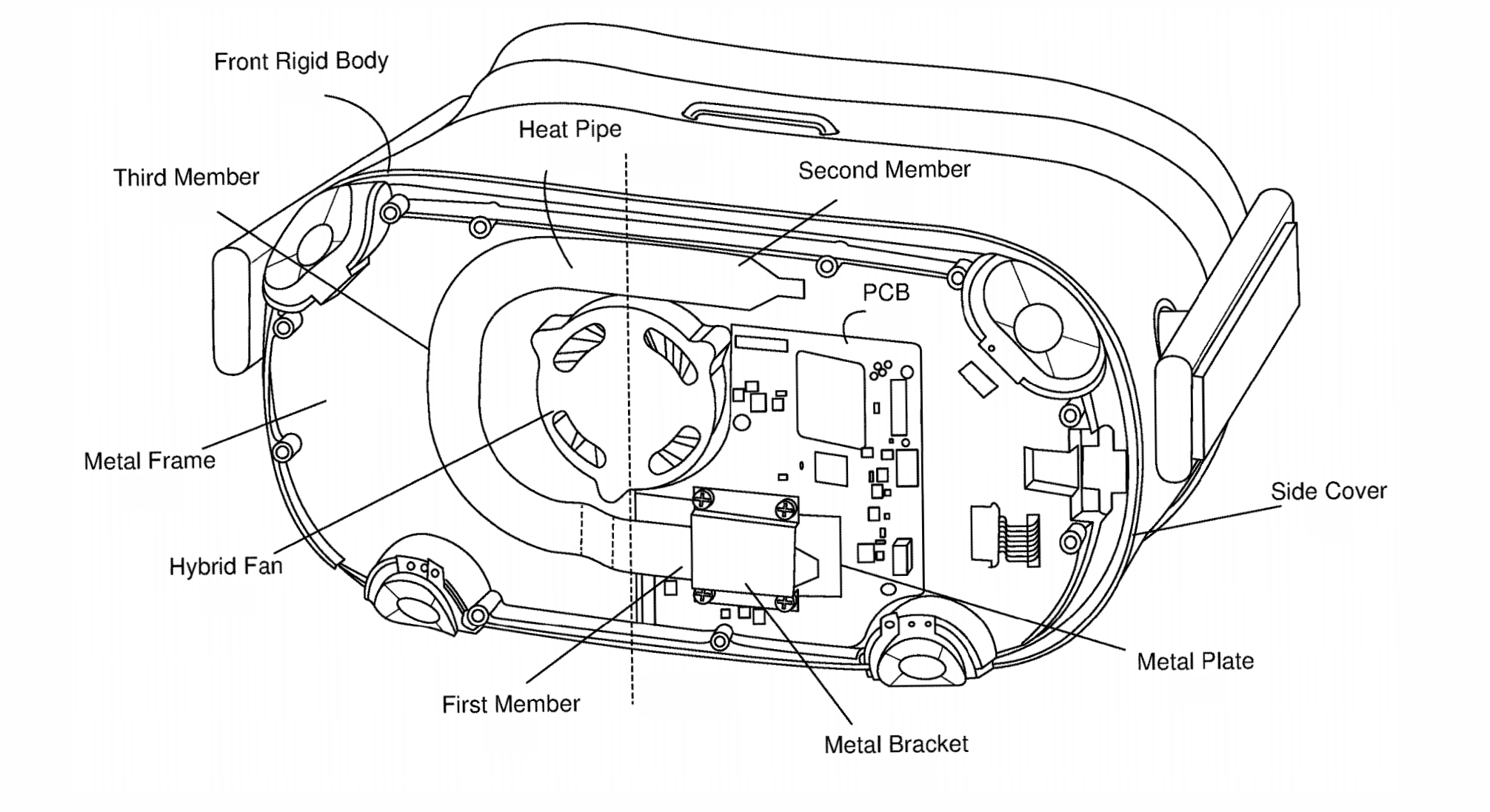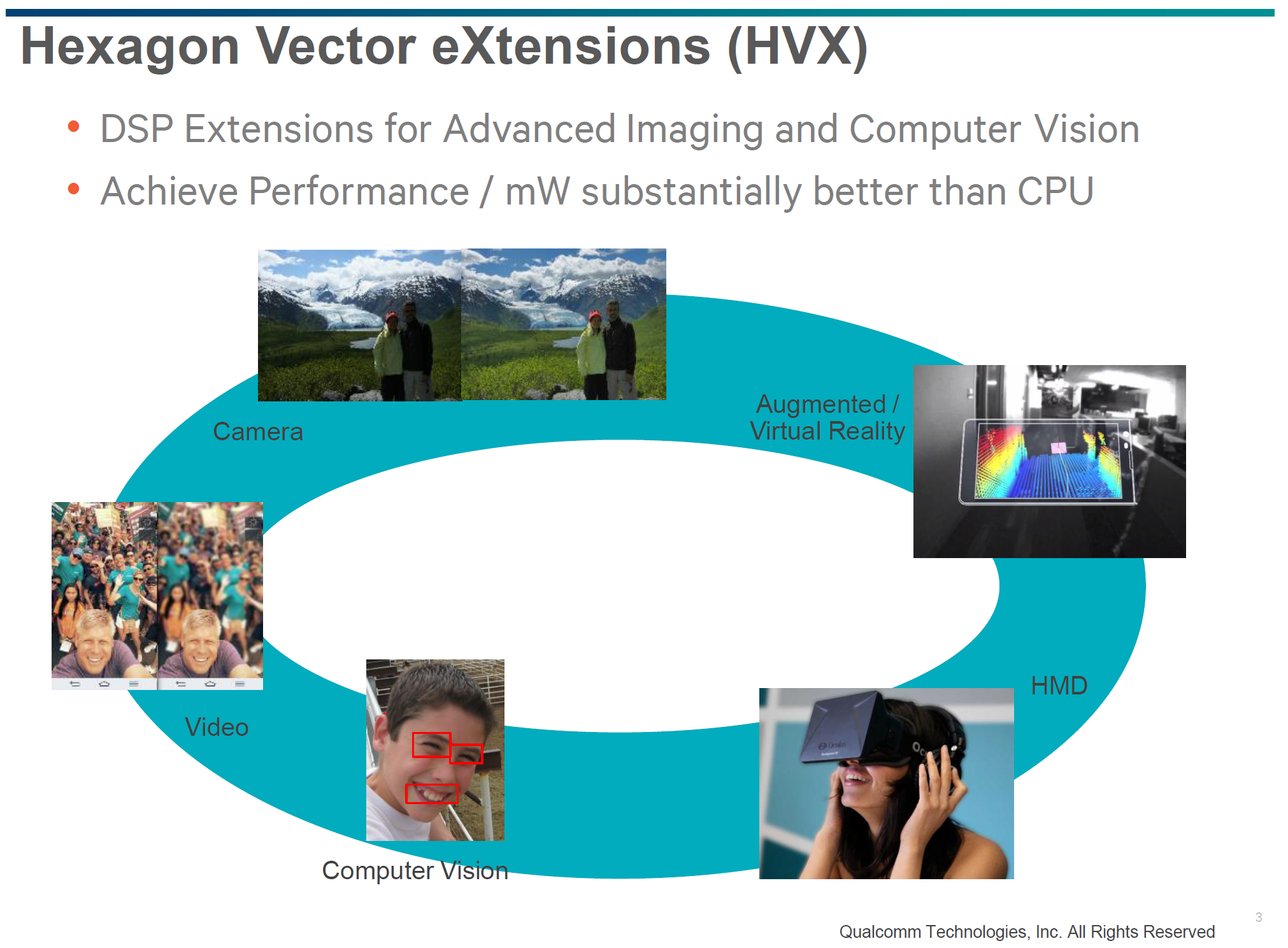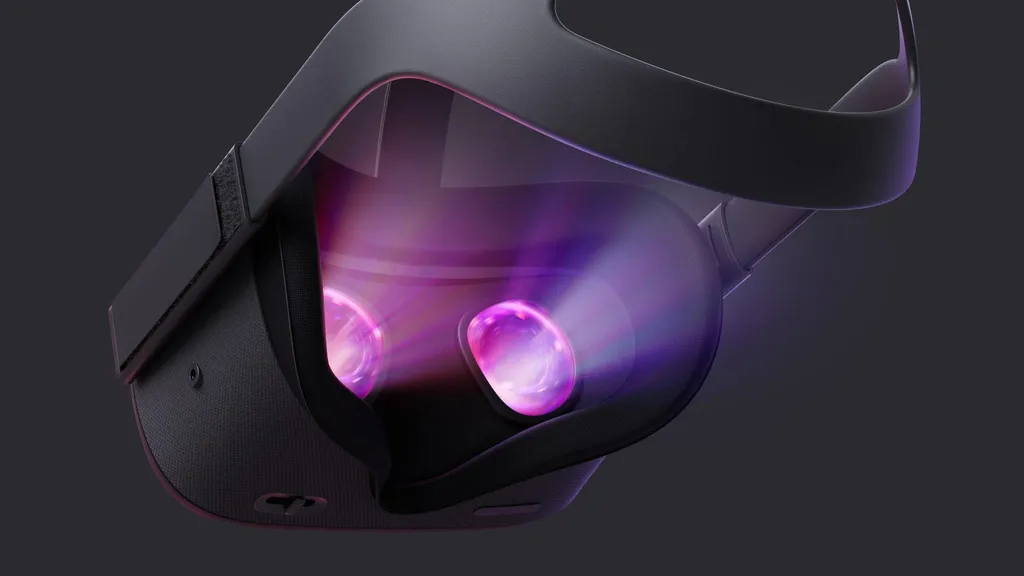Oculus Director of Ecosystem Chris Pruett revealed in a forum AMA yesterday that Oculus Quest will be “significantly faster” than Oculus Go:
Quest is significantly faster than Oculus Go from both a CPU and GPU perspective. Part of this is just the raw performance of the chipset itself, but a lot of it has to do with the effort we’ve put into the design of the headset and the core rendering architecture. Tracking isn’t in contention with and doesn’t affect the performance of your application.
Oculus Quest is essentially a VR games console. Like Go it is standalone with all the compute onboard, but unlike Go it has room scale tracking and Touch controllers.
Whereas Go features a Snapdragon 821 chipset, Quest uses the newer and faster Snapdragon 835. It’s around 30% more powerful, or can achieve the same performance with around 40% less energy.
It’s All About The Cooling
But the chip itself likely isn’t the main reason for the “significant” performance improvement. Like Pruett’s comments suggest, it’s also the design of the headset.
A key element often overlooked in computing hardware performance is cooling. The limiting factor in smartphones for example is not the chip’s raw capability, but the fact that when running at full speed it will very quickly exceed its maximum temperature. To avoid hardware damage the chip must then downclock itself until it cools down more, or even shut down. This is called thermal throttling.

Thermal throttling is arguably the core flaw of smartphone VR. It can limit graphically intense experiences to a matter of minutes. To overcome this, Go used a heatpipe and the entire front is metal, allowing it to act as a heatsink.
This cooling system allowed Facebook to overclock the Snapdragon 821, and to sustain that performance for hours. The result was that Oculus Go performs “significantly better” than a Galaxy S7 using the same chip.

Quest goes even further with cooling by adding an active cooling fan. This has rarely ever been done with ARM processors. The Apple TV 4K and the HTC Vive Focus are the only instances on the consumer market we know of (and the latter is technically for enterprise).
With the active cooling system, Quest should be able to have higher clockspeeds than smartphones or Oculus Go. Everything still needs to be rendered for each eye but the higher clock speed should provide more complex and detailed virtual worlds compared with Go. Of course, Quest will still not come close to the power of a PC.
Hardware Accelerated Tracking
Interestingly, Pruett confirmed that the 6DoF headset and controller tracking “doesn’t affect” performance. Developers seemingly won’t have to worry about it when optimizing their game.

This is likely because tracking is not done on the CPU, but rather on the Hexagon DSP- digital signal processor. DSPs are dedicated programmable chips designed specifically for sensor and image processing. Smartphones mostly use the DSP to enhance the photos taken by their cameras- Quest uses it for VR tracking.





























